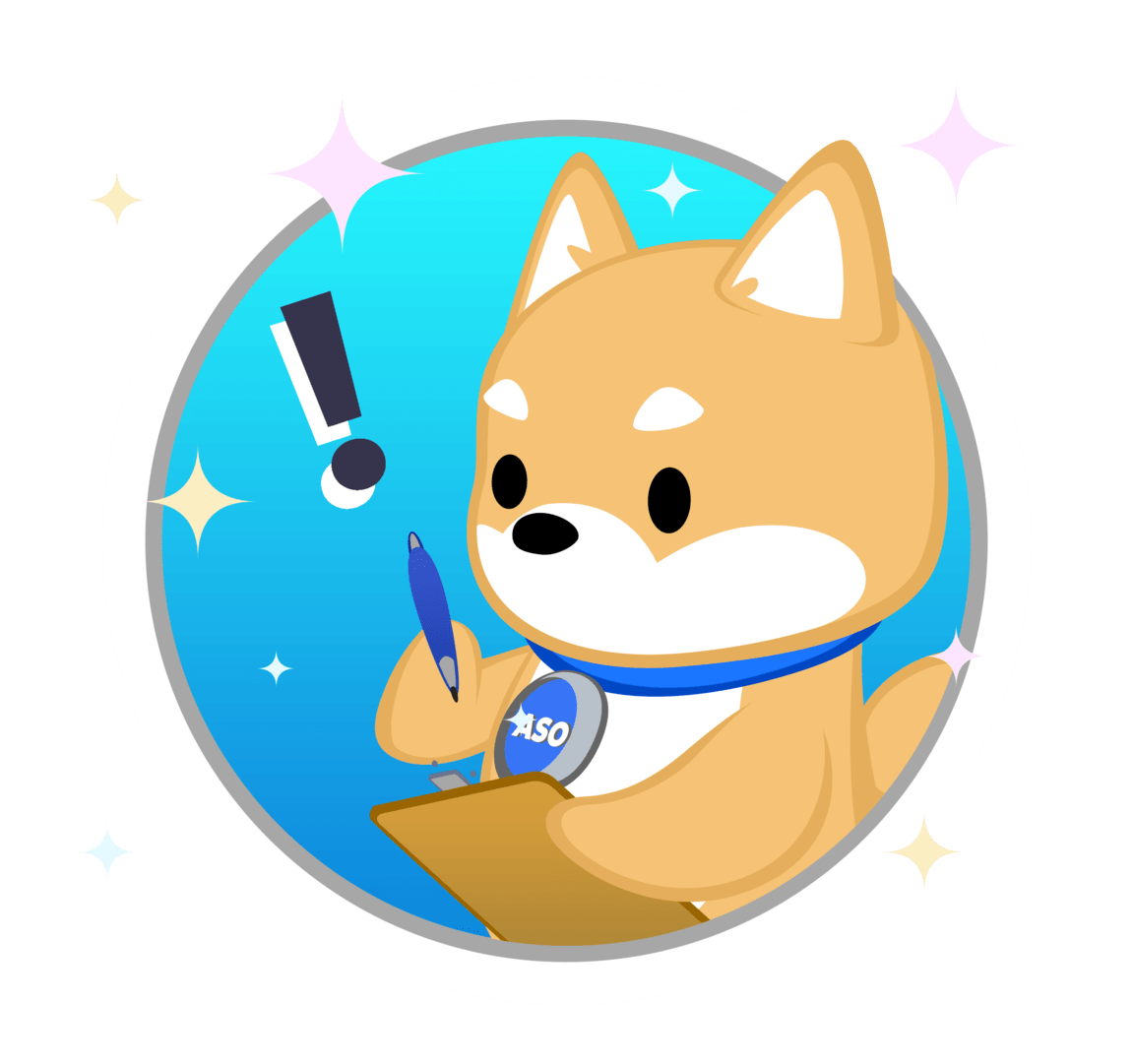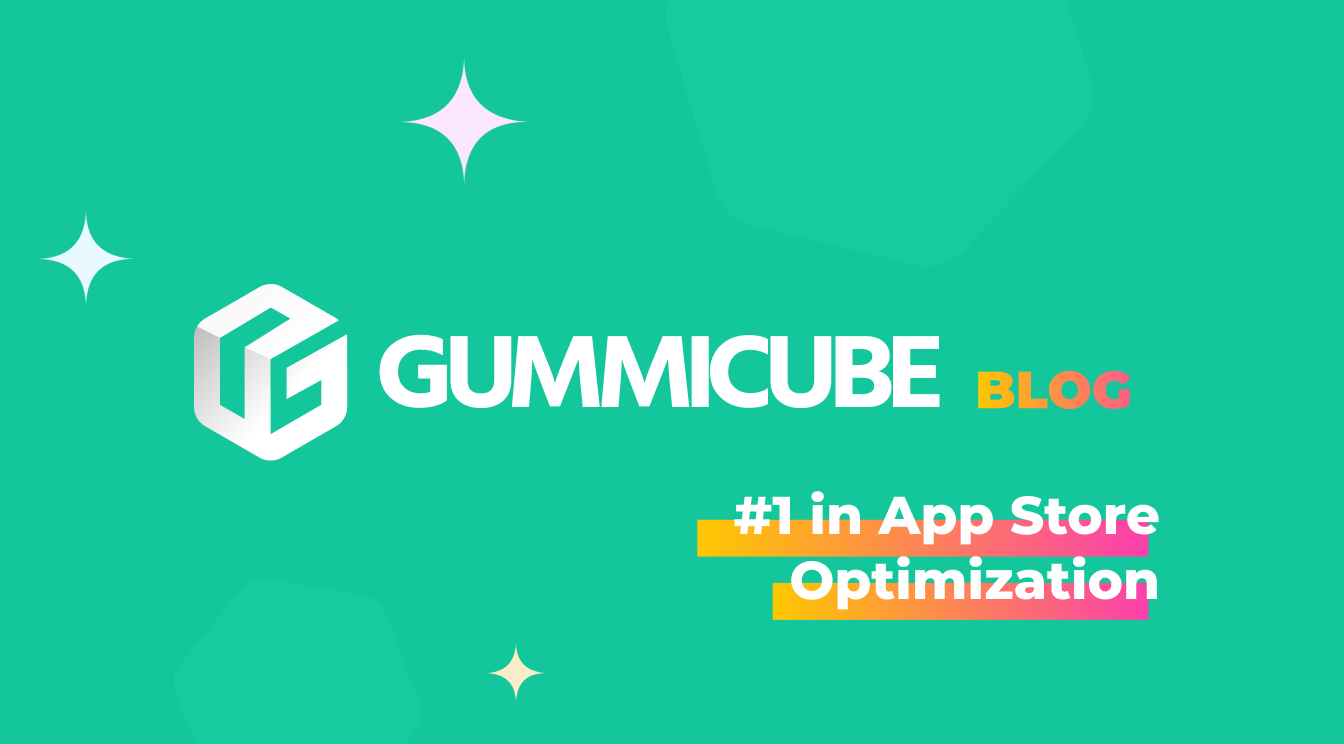
Posted on March 2nd, 2018
With the 2018 Game Developers Conference approaching, developers and attendees are busy preparing their schedules for a busy week of exploring all the latest developments in games. However, that encompasses a wide range of subjects, and there is quite a lot to do and see. Here are the major things to expect at GDC and look forward to.

Posted on February 28th, 2018
Game developers are gearing up for the Game Developers Conference 2018 in San Francisco. Many are excited to experience the expo, attend networking events and, of course, represent at the coveted Independent Gaming Festival and Game Developers Choice Awards. This year we’re sure to see new innovation within the Virtual Reality and Augmented Reality spaces, but there’s also going to be a plethora of great information and inspiration for every aspect of gaming! This is why Gummicube has decided to create a series of blog posts dedicated to gaming and GDC. Over the next few weeks, we’ll be publishing articles on marketing AR/VR, an in-depth look at three popular mobile gaming genres, a guide to what to expect at GDC and an update to our popular Gaming Cheat Sheet. This post will serve as your “one-stop shop” for content regarding the upcoming conference and provide you with links to each post once they are published. Check back over the next few weeks to make sure you have all the information you need to make GDC 2018 the best experience possible!

Posted on March 7th, 2017
The Game Developers Conference wrapped up last week in in San Francisco, CA, where masses of developers presented their new strategies for gaming in 2017. GDC is one of the major conferences for the year that game developers in all fields can showcase their new games, bring visibility to indie games and set precedents for the gaming industry. This year, GDC had everything from the latest in VR technology to new game engines that will improve the graphics for mobile gaming. Console, PC and mobile users will be happy with what this year’s GDC provided for the future of the game industry in 2017. Here are some of the highlights from last week.

Posted on March 3rd, 2017
The annual Game Developers Conference started in San Francisco, CA this week and developers are getting ready to debut their new games. This conference is no longer just for console game developers, but has included iOS and Android platforms as well. Mobile developers from around the world are trying to steer the focus toward their new games and bringing their popular mobile games to other parts of the world. They are also there to not only improve visibility of the app, but show what the gaming industry looks like from around the world. GDC invites game developers across the world to bring new games, which means that there will be more mobile games for end users to expect coming to the App Store and Google Play in the coming year. The Chinese and UK game industries are just two of the many developers in mobile games, but they should be watched as they bring games from around the world to the US.

Posted on February 16th, 2017
The annual Game Developers Conference has become the premiere hub of knowledge for experienced and up-and-coming game developers. The expansion of the conference into the mainstream has coincided with the massive growth of mobile gaming on iOS and Android, making GDC the perfect place to top-up on mobile knowledge. Last year’s GDC focused heavily on VR, with the announcement of the PlayStation VR device dominating the show. Even so, many impactful announcements were made for mobile, including the Indie Corner for Google Play, updates and figures for the Unity engine, and marketing insights from major figures at Spry Fox and EA. GDC 2017

Posted on December 17th, 2016
Like Pokémon GO before it, Super Mario Run hit the App Store hard when it launched on December 15th and quickly rose to number one on the Top Grossing charts. The game’s whirlwind success is certainly worth celebrating, and shows the enduring strength of Nintendo’s key properties. But in a market dominated by King and Supercell, will Nintendo have the savvy to keep Mario on top? That is the question we aim to answer with Super Mario Run’s first ASO report card. Nintendo is still new to the mobile market, after all, and they are facing off against companies that have had years of practice creating lasting brands in the App Store. Apple conferences and press tours have given Super Mario Run a fantastic start, but Nintendo also needs to consider the long tail profits of the app. With that in mind, it’s important to first examine the history of Nintendo products in the App Store. While Mario might be the most prolific of Nintendo’s characters to enter the App Store, he isn’t the first. Nintendo launched Miitomo in North America on March 31, and the app peaked at number one on the App Store’s Top Free Downloads chart. The app never got so high on the Top Grossing chart, topping out at just under 100 before falling back off. Today, the app does not place on either of the two charts. Perhaps a more immediate point of comparison, though, would be Pokémon GO. While not technically developed by Nintendo, the Pokémon brand is partially owned by the gaming giant, and Pikachu is considered one of Nintendo’s most recognizable mascots. The game also launched to a similar level of success as Super Mario Run, placing number one on both the Top Free Downloads and Top Grossing charts. It eventually went on to become the fastest mobile game to gross $600 million. But again, the initial success of the app was not necessarily indicative of long-term legs. Pokémon GO currently sits at number six on the Top Grossing charts (certainly not a bad position, but still a steep drop from number one) and number 50 on the Top Free Downloads chart. Keep in mind this is just after the launch of new collectable Pokémon, a time when the user base should be expanding. The quick success and sharp decline of Miitomo and Pokémon GO tell a story of big brands drawing mainstream attention, but a lack of long-term marketing coordination to keep those brands at the top. As we pointed out in a similar piece about Pokémon GO, these trends have a lot to do with the app’s keyword rankings. Pokémon, for example, failed to pick up rankings for feature-related keywords like “RPG, collect, catch, raise”, etc. It even missed out on rankings for famous Pokémon like Mewtwo and Charmander. Its rankings for more generic terms like “Pokémon game” and “mobile games” were strong, but ultimately it failed to reach out to a wider audience by neglecting feature-based keywords that users might be searching for. At this early stage, Super Mario Run looks to be following this trend closely. Take a look at a sample of its relatively limited rankings below. Currently, the majority of Super Mario Run’s rankings revolve around the Mario franchise itself – See “Mario Games” and “Mario Bros” above. A few come from the company itself, like “Nintendo”. The app also ranks well for its major characters – “Mario” and “Luigi” are number one, and “Peach” is number 33. But when it comes to genre or feature terms, there are many highly-searched areas that Super Mario Run leaves on the table. The app is unranked for very popular, relevant terms like:








